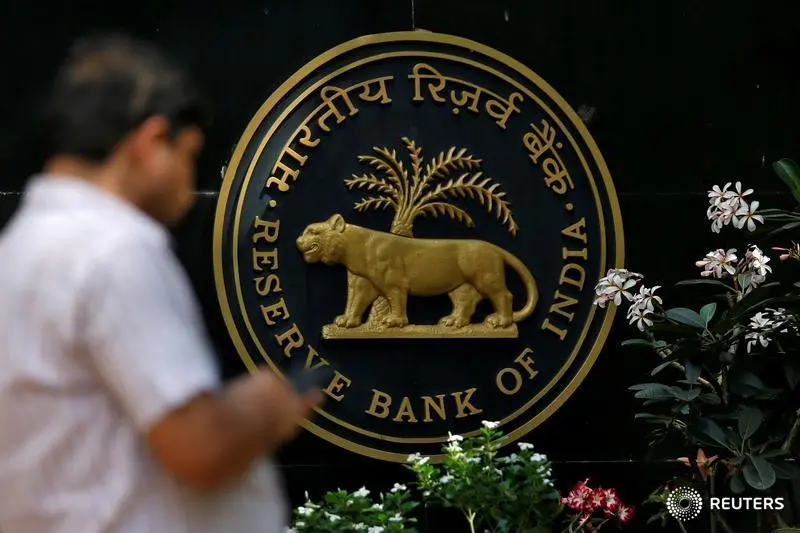PHOTO
MUMBAI- Indian bonds rallied on Tuesday after the central bank announced a new category for foreign investors, while hopes of a reduction in April's borrowing or cancellation also helped sentiment ahead of the first-half borrowing plan announcement.
After the market close, however, the government announced that it would borrow 4.88 trillion rupees ($64.73 billion) from the market, nearly 63% of its full-year borrowing blueprint in the April-September period.
The decision was likely to disappoint market players, who had expected that borrowing would be reined in, so a sell-off looked likely on Wednesday.
The Reserve Bank of India said on Monday it was introducing a new category called the "fully accessible route" for foreign investors, in line with the budget announcement earlier this year.
Investors can buy all fresh issuance of 5-, 10- and 30-year bonds starting April 1 under this category, while five existing papers will also become eligible to be held under this, the RBI said.
India may slash or even cancel its planned borrowings from the market for April, looking at its options amid a nationwide lockdown prompted by the coronavirus outbreak, two finance ministry sources told Reuters.
The government plans to borrow an average of 190 billion rupees a week, Economic Affairs Secretary Atanu Chakraborty said, adding that there was likely to be no direct selling of bonds to the RBI.
The benchmark 10-year bond yield closed down 7 basis points on the day at 6.14%. Traders said yields were likely to rise on Wednesday as the weekly borrowing is higher than expected and there was no appetite for absorbing so much debt in the current environment.
Paresh Nayar, head of fixed income and forex at First Rand Bank, said the rally in bonds was on account of the new route and talks of April borrowing being reduced.
"It is an unprecedented situation and the RBI/FM (finance ministry) are working together to support the financial systems to whatever extent possible," Nayar added.
The RBI said it can also include new tenors or change those of new securities eligible under FAR route from time to time.
India is scheduled to borrow a gross 7.8 trillion rupees ($103.24 billion) in the financial year of 2021.
Assuming that government sells 15% of FY21 gross borrowing in eligible tenors, it would amount to debt worth 1.2 trillion rupees, DBS said in a note.
The current outstanding debt worth 4.3 trillion rupees also becomes eligible under the new route from April and that would take total eligible securities to $70 billion, it added.
"If inclusion into global indices is considered, this might translate into a potential weight of 4%-6% on the JPM Index and 1% on the Bloomberg Global aggregate bond index," DBS Bank economist Radhika Rao said in the note.
"Scope of incremental flows hinge on the broader risk-environment, which at this juncture is tepid... If and when bonds are included in global benchmarks (also factoring in the lead time for due processes), the economy will be able to draw in less-volatile and long-term focused funds," ($1 = 75.3860 Indian rupees)
(Reporting by Swati Bhat, Editing by Sherry Jacob-Phillips) ((swati.bhat@thomsonreuters.com; twitter.com/swatibhat22; +91-22-68414381; Reuters Messaging: swati.bhat.thomsonreuters.com@reuters.net))












